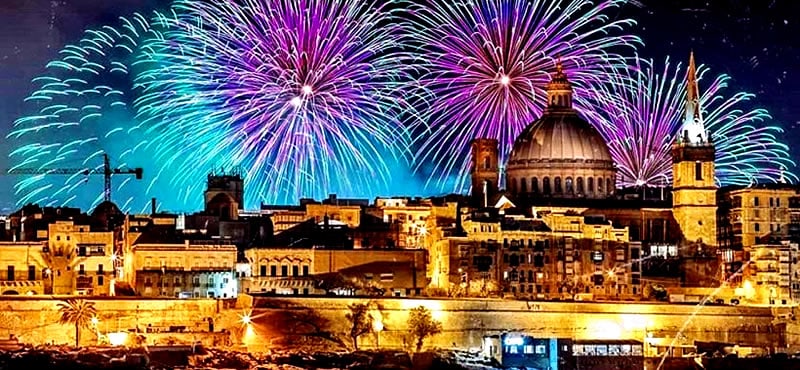Fun Facts about the Christmas Tree

We can hardly imagine Christmas today without the evergreen Christmas Tree. But would you believe it that the “modern” Christmas Tree is actually a relatively new invention? Actually, it only began to appear in everyone’s homes in Europe at the middle of the 19th century, when the English Queen Victoria and her German husband, Albert popularized the decorated fir tree.
Let’s see some fun facts about this undying tradition!
It is in no way less true, however, that the practice of decorating trees (and of venerating them as a symbol of nature) has been well known since time immemorial all over the world. In Europe, before Christianity, the Asheia Cult venerated nature and brought trees into the house decorating them. In Scandinavia, the Vikings also decorated trees to deter spirits from haunting the village.
After 1850, the cult of the Christmas Tree spread throughout lay Europe and reached America (which soon turned it into the great consumer celebration today).
In the past, the Christmas Tree was decorated with apples and candles. Christmas lights were first mass produced in 1890.
People in Latvia claim that they have the first documentary reference of a decorated tree, dating back to Riga in 1510. Germany (also widely regarded today as the origin of the modern Christmas Tree tradition) claims to have the first printed proof of a Christmas Tree, in 1531.
All in all, cutting off trees just for the pleasure of decorating them and keeping them indoors for a few days is a rather anti-ecologistic sort of behaviour. It takes between 7 and 10 years for a fir tree to mature, not to mention that in their forest habitat, the evergreens provide habitat for many nice animals.
An undying symbol of Christmas, the fir tree seems to be here to stay and colour our holidays! And for those who don’t condone the practice of cutting off trees, there is always the option of an artificial tree.





